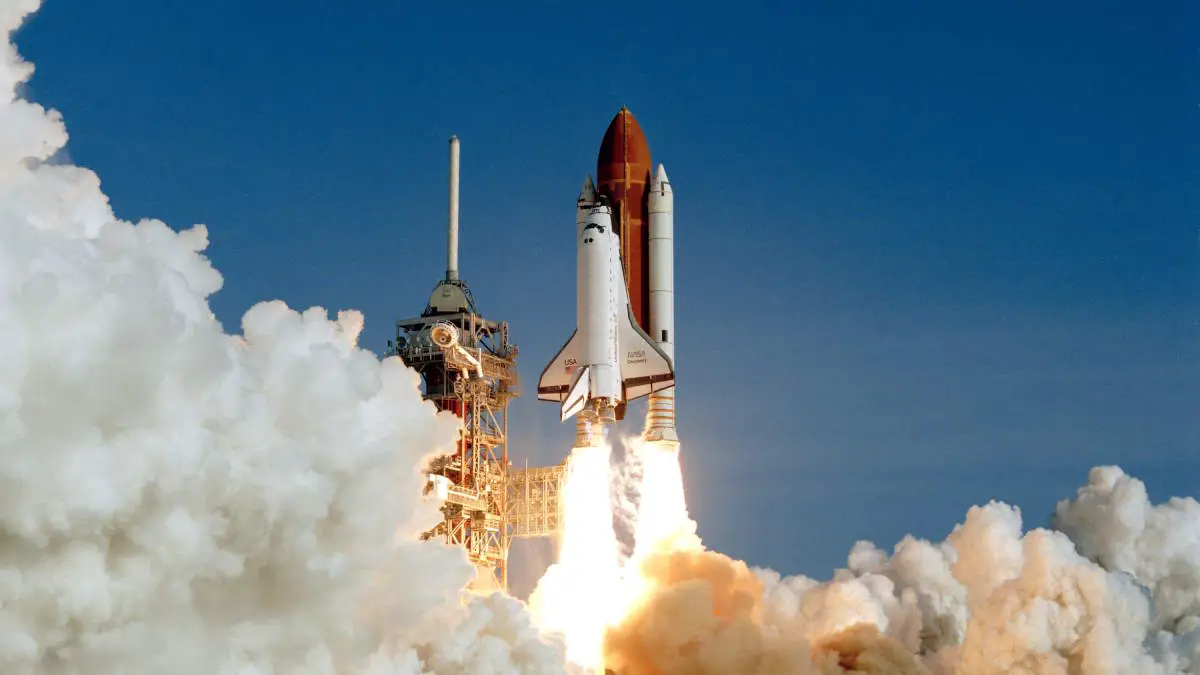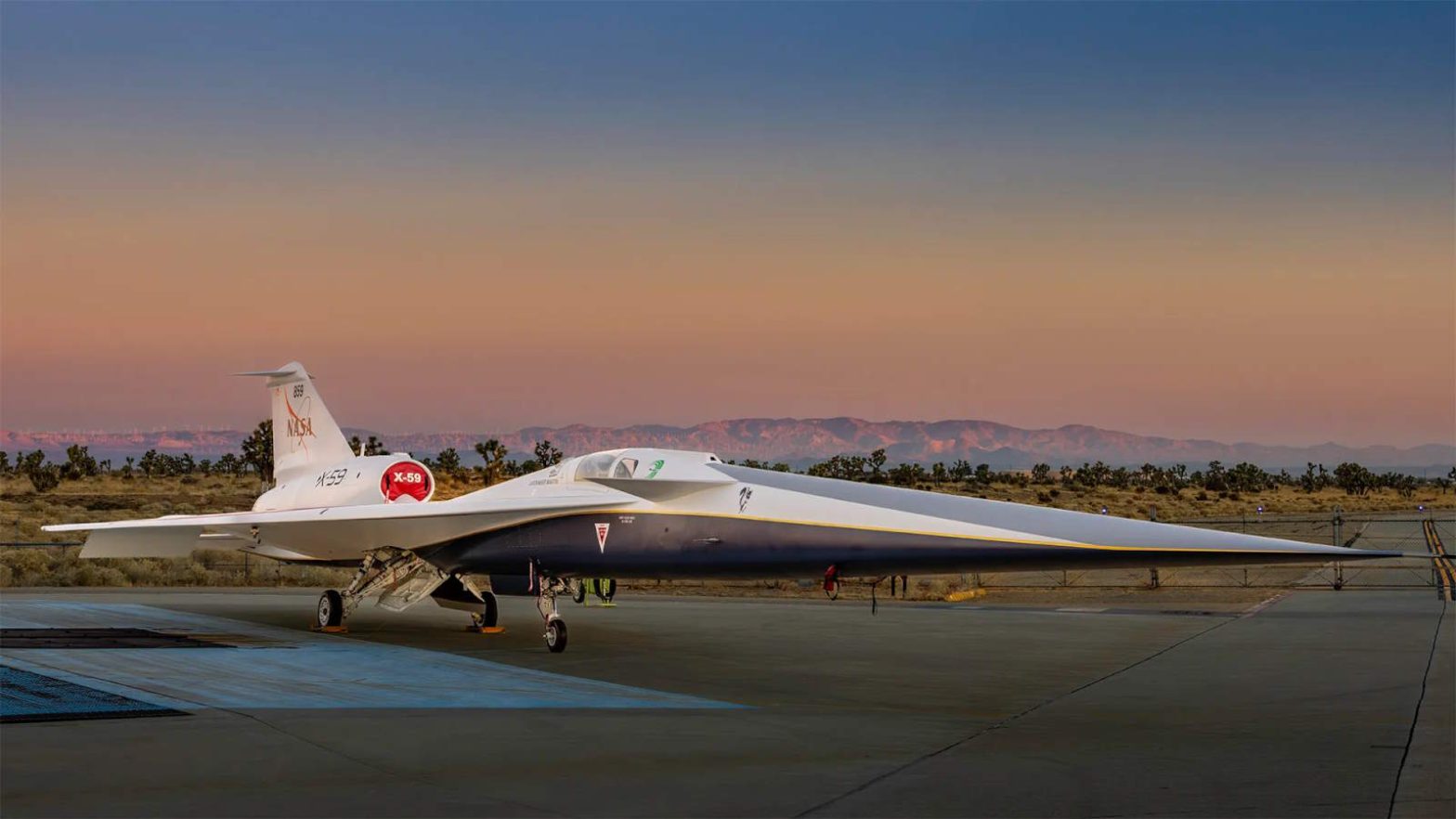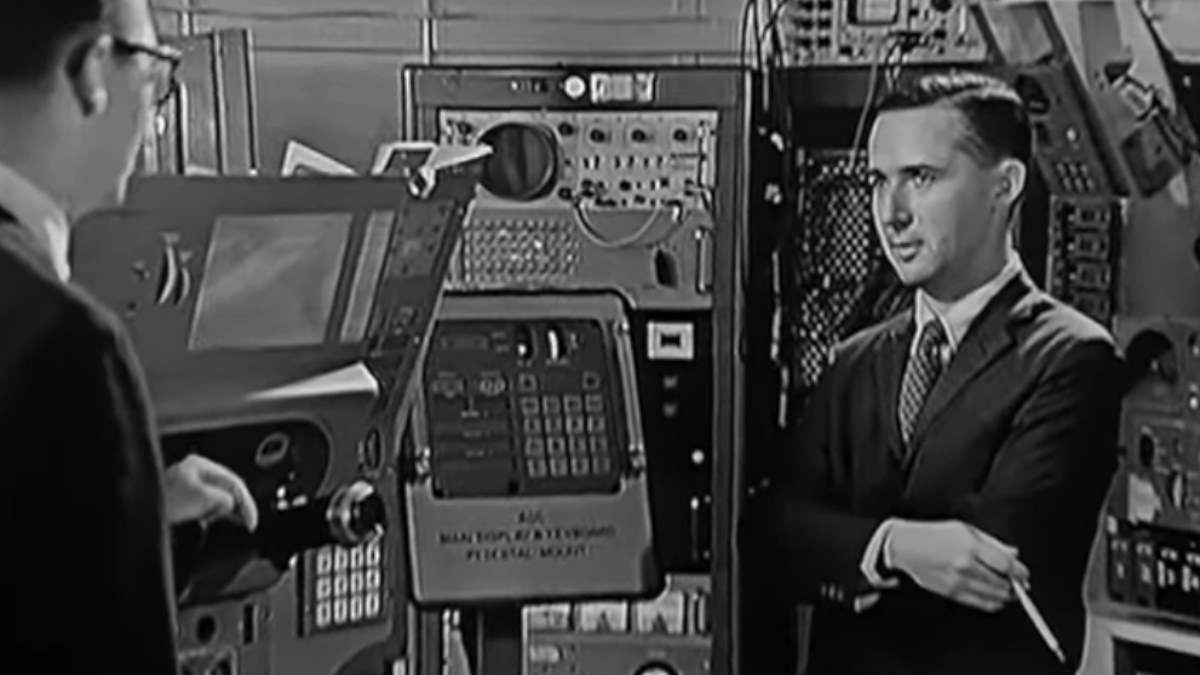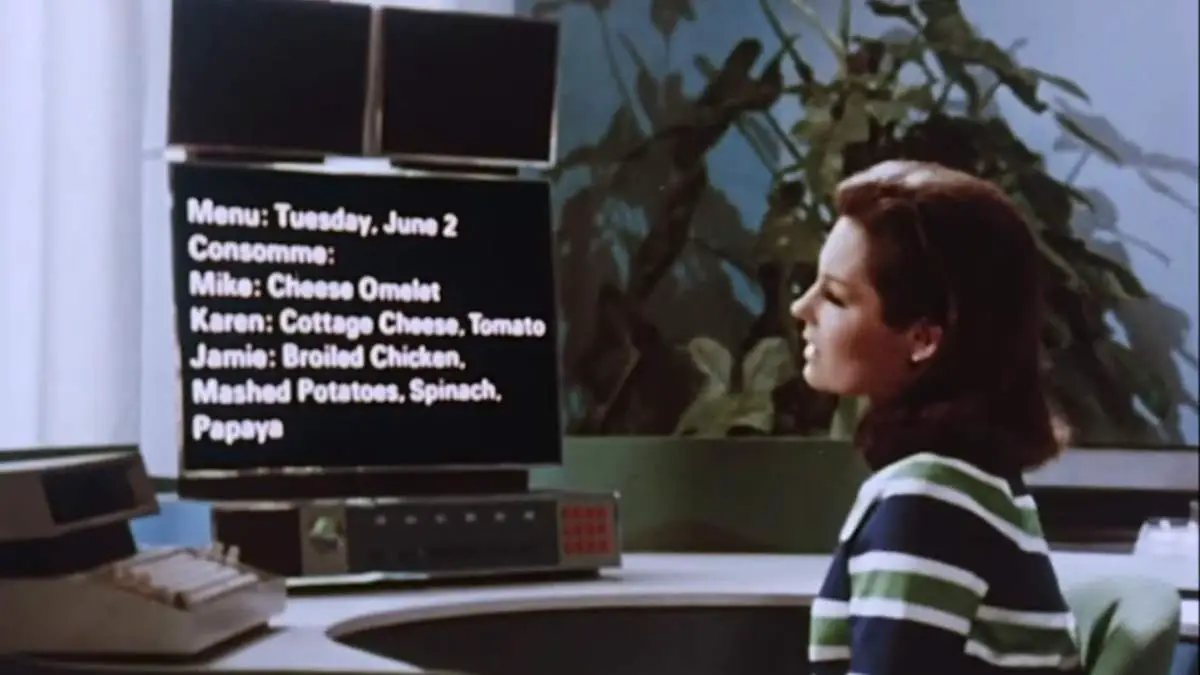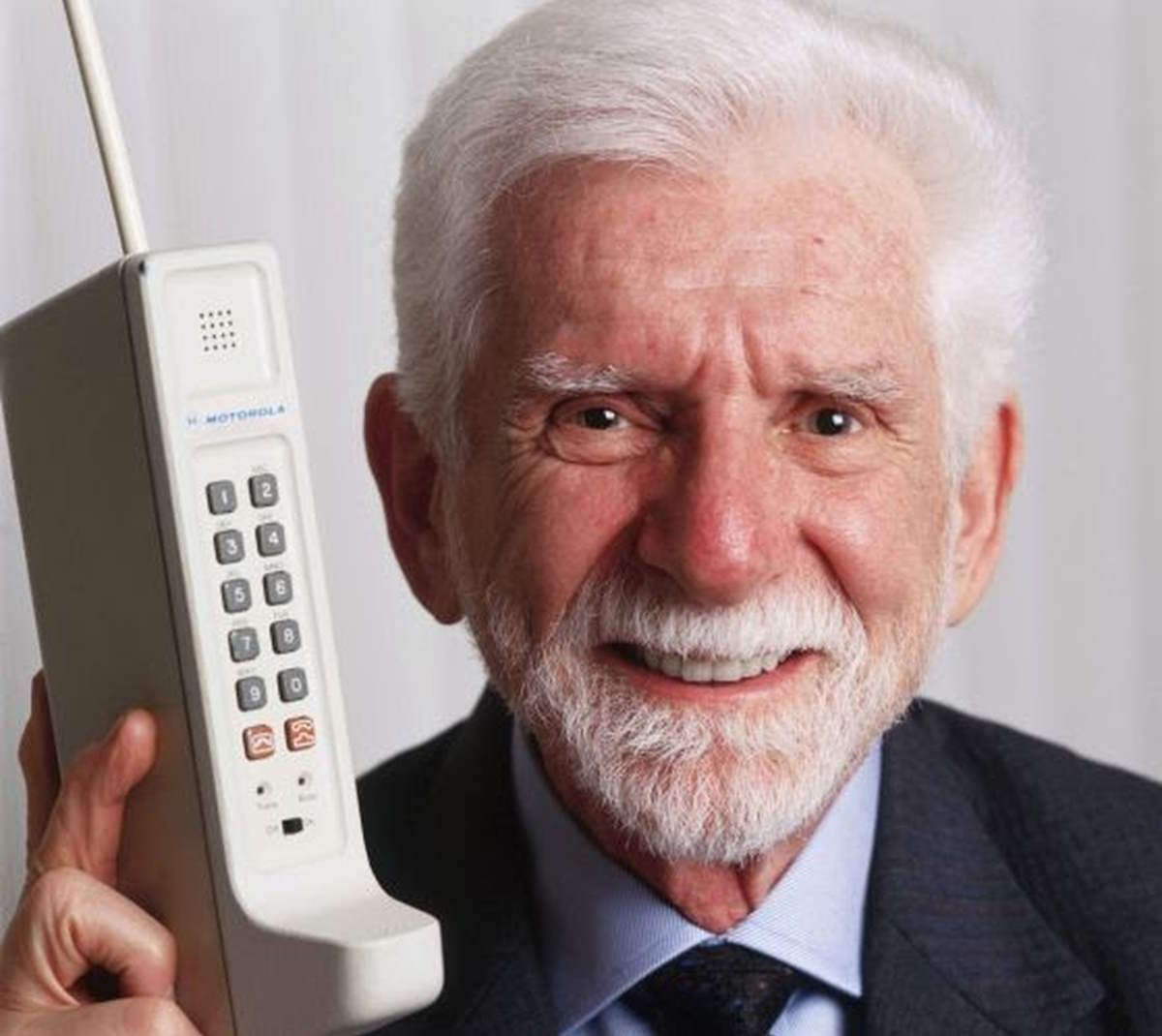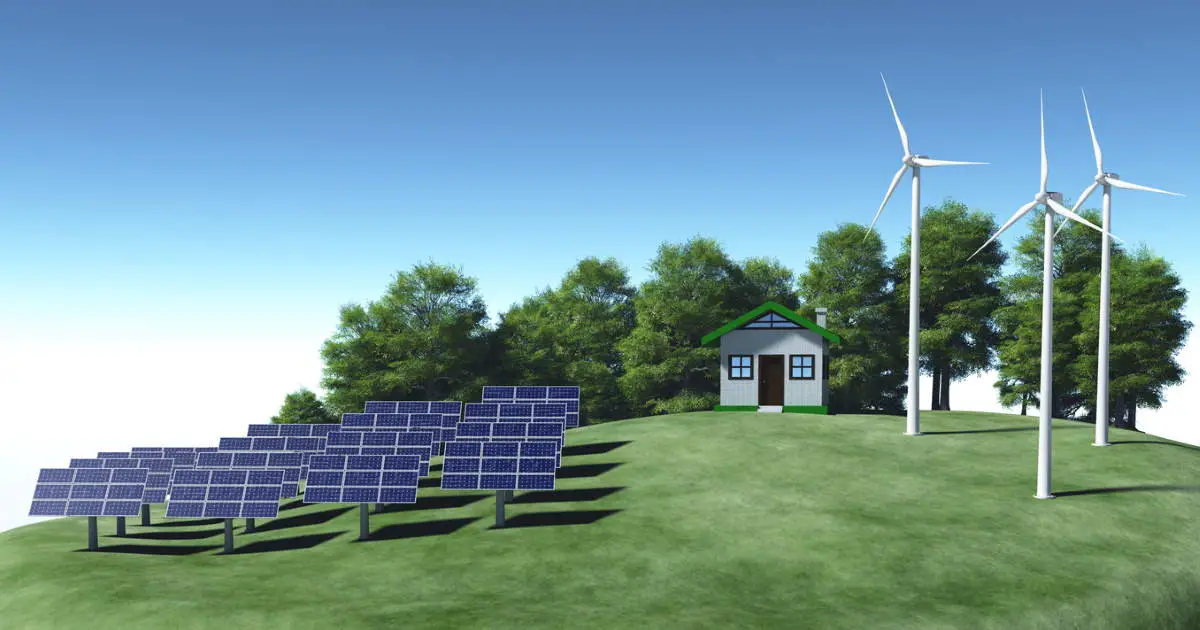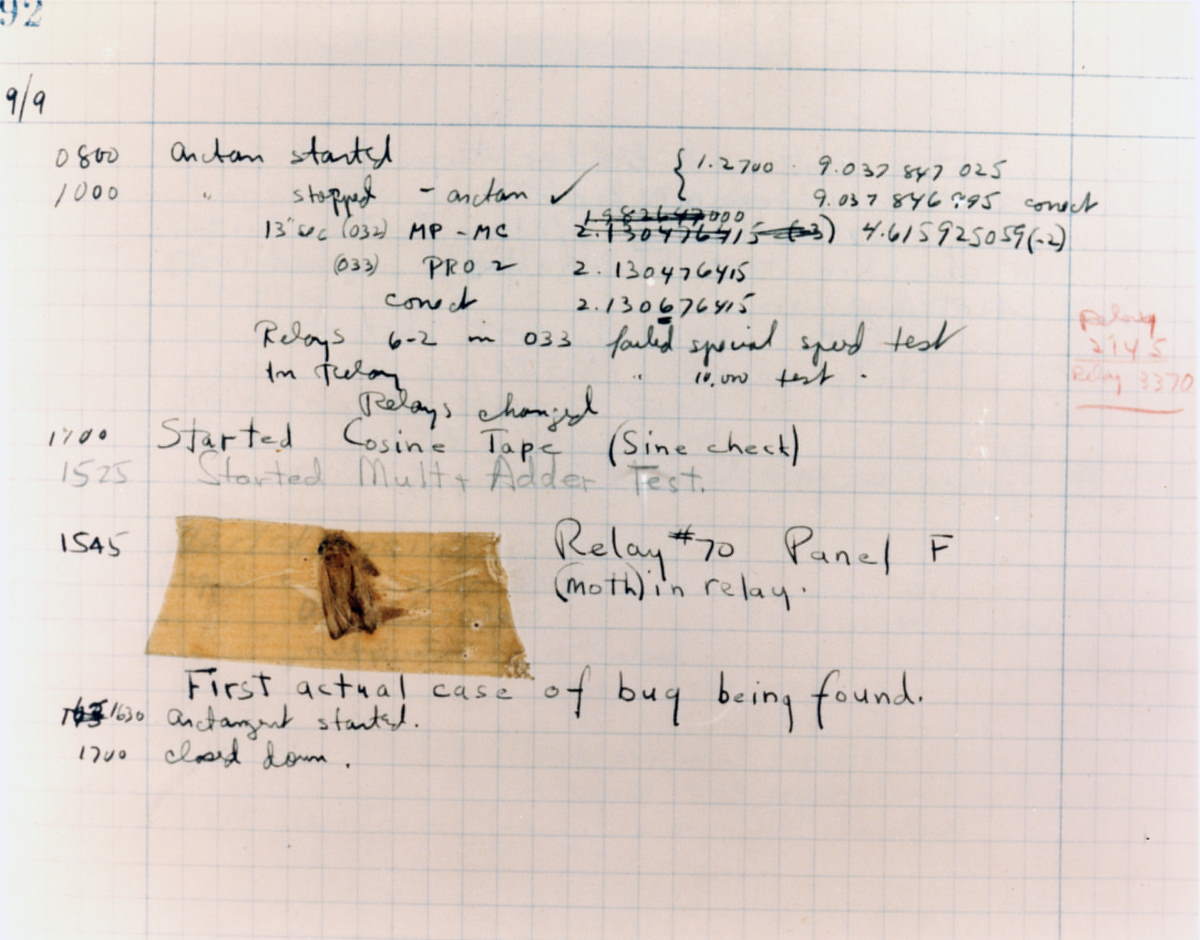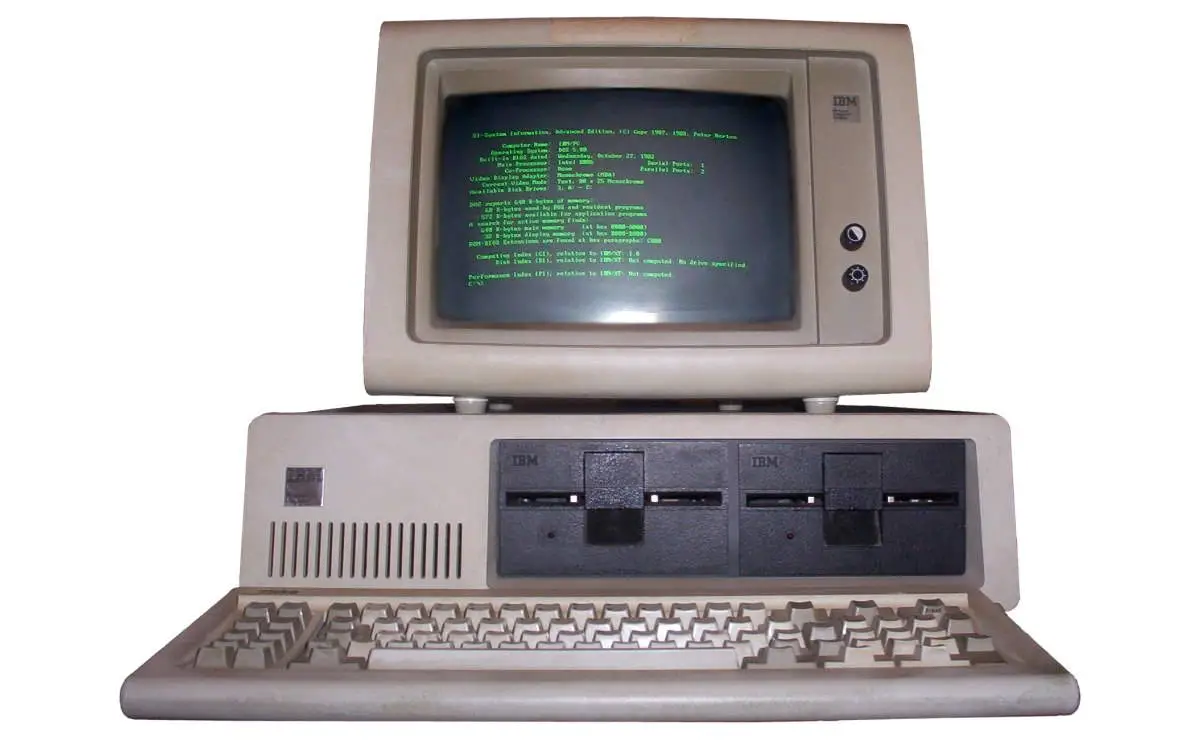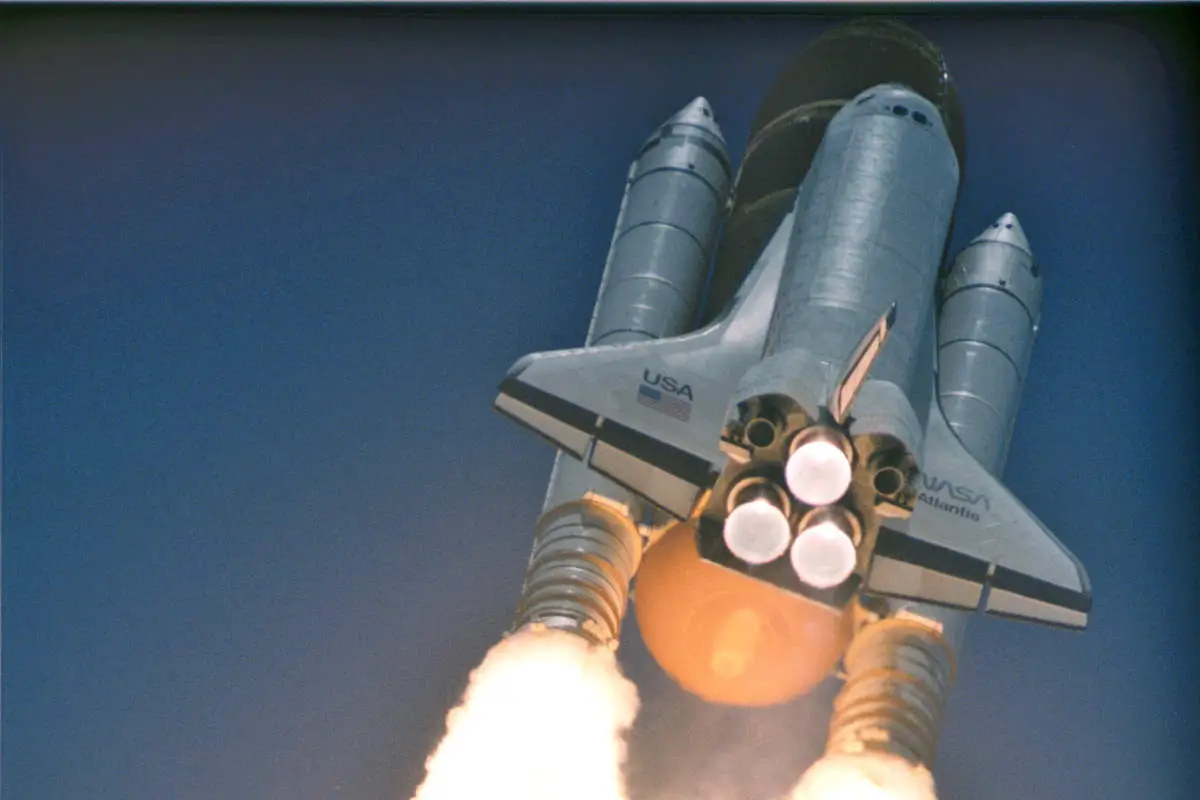Space exploration and programs, often seen as lofty pursuits aimed at the stars, have a profound and often overlooked impact on our daily lives. While debates continue about prioritizing earthly concerns over cosmic exploration, it’s enlightening to recognize that many innovations we rely on daily are direct results of space research. From the solar cells powering homes to the satellite navigation guiding our journeys, space technology has silently woven itself into the fabric of our everyday existence, transforming and enhancing our world in unanticipated ways.
